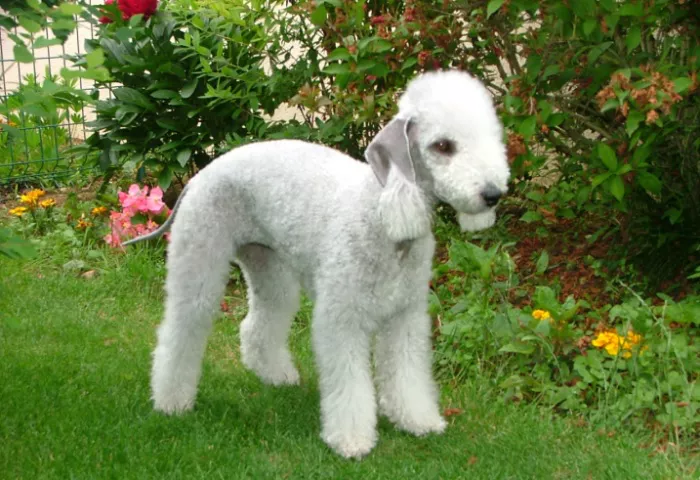Origins and Breed Heritage: Foundations of Their Protective Nature
Key Traits Influencing Guard Dog Potential
Alertness and Awareness
Territorial Instincts
Courage and Determination
Socialization Needs
Are Bedlington Terriers Effective Guard Dogs?
Strengths
Vocal Alerts: They bark to signal strangers, deterring intruders through sound alone.
Loyalty: They form deep bonds with family and will defend them if provoked.
Adaptability: Their moderate exercise needs and compact size make them suitable for both apartments and homes.
Limitations
Physical Constraints: Smaller stature means they cannot physically overpower threats like larger breeds.
Temperament Variability: Some may be more reserved or prone to anxiety without proper training.
Training Requirements: Their intelligence demands consistent, positive reinforcement to channel protective instincts constructively.


